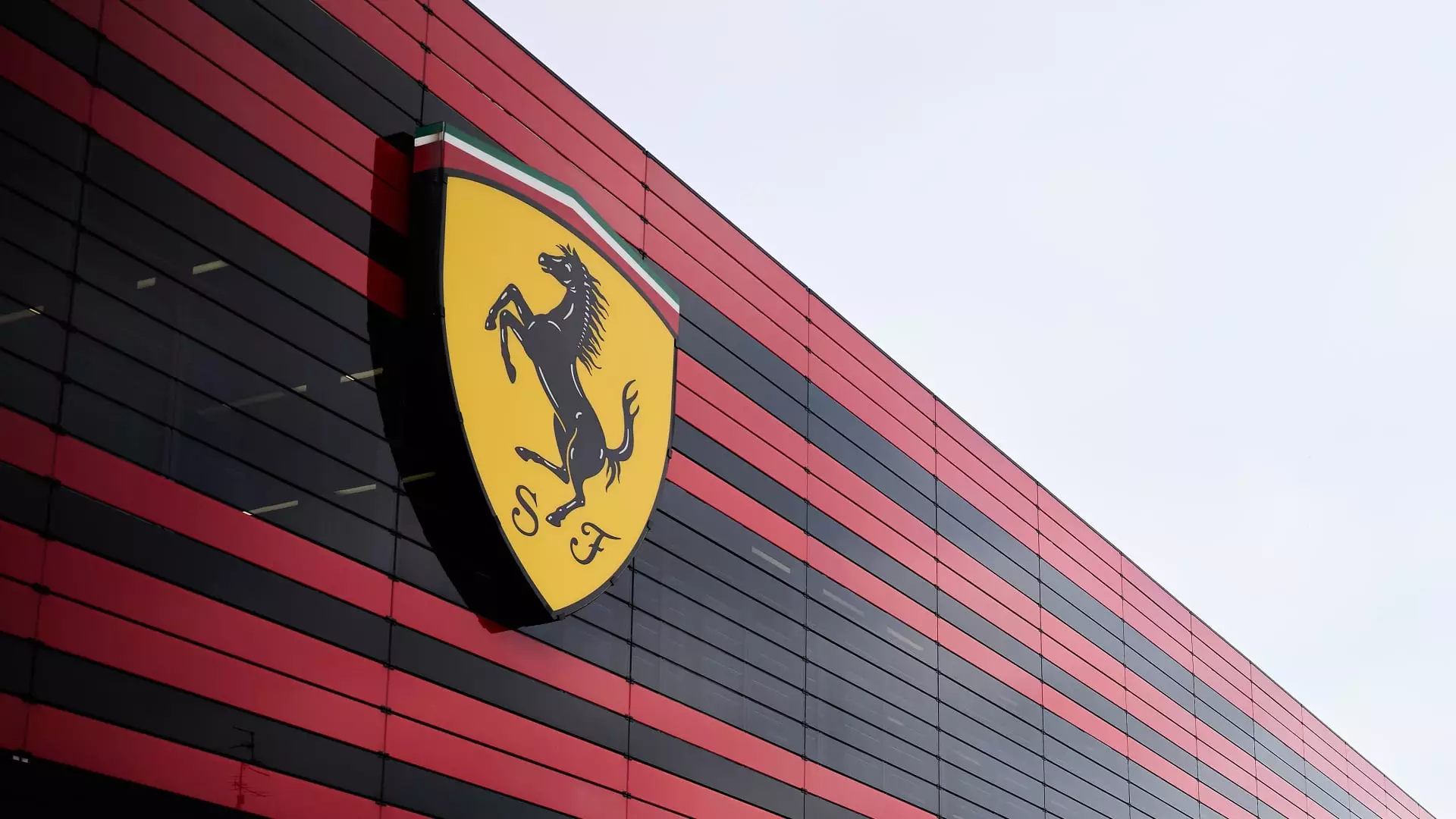The announcement from Ferrari regarding a 10% price increase on select models due to new U.S. auto tariffs raises alarm bells that go beyond mere numbers. With the changes potentially adding up to $50,000 to a typical Ferrari, one cannot help but wonder about the underlying implications for the luxury automobile market. While it might seem feasible for ultra-wealthy clients to absorb these costs, the question remains: how much more can they withstand before the allure of exclusivity diminishes?
The new tariffs, initially introduced by President Donald Trump, place a 25% burden on cars not manufactured in the U.S. While Ferrari manufactures its cars in Italy, this price increase marks a paradigm shift in how luxury branding is constrained by global economic policies. It goes without saying that the concept of ‘luxury’ is built on the idea of exclusivity. However, if the price of entry keeps rising, such exclusivity could become an evermore distant dream for prospective customers who are not ultra-wealthy.
The Risk of Alienation
What Ferrari seems to overlook in this pricing strategy is the risk of alienating potential buyers. Despite the existing waiting list of over a year for many of their vehicles, increasing the price on models such as the Purosangue SUV and the limited-edition F80 could lead to a significant shift in consumer sentiment. Wealthy clients are, in fact, sensitive to perceived value; constant price hikes could undermine the brand’s exquisite image, pushing potential buyers to alternatives that are equally luxurious but perhaps more financially palatable.
When CEO Benedetto Vigna remarked that the company must show respect to its clientele, he raised an important point. In this era where extravagance is often scrutinized, how do luxury brands maintain their allure without seeming out of touch? The potential for reduced profitability margins, noted in Ferrari’s financial targets for 2025, suggests that the company is aware of the precarious balancing act it must perform.
How Will This Shape Future Purchases?
Furthermore, this move poses questions beyond immediate sales; it could change the landscape of luxury vehicle purchases entirely. While the wealthy generally have the means to make these investments, they often seek products that offer lasting value rather than mere status symbols. Will Ferrari’s consistent price increases drive its affluent clientele to seek out niche brands that offer exclusivity without exorbitant cost adjustments?
If prices continue to escalate, it’s conceivable that buyers might rally around luxury alternatives that resonate better with their expectations. Another complicated dynamic to consider is the upcoming launch of Ferrari’s all-electric model. This product will undeniably reshape the brand’s identity, but at what cost? The shift toward eco-conscious luxury could invite a wealthier but more socially aware clientele, one potentially less willing to scoff at steep price hikes without scrutinizing the brand’s authenticity and philosophy.
The Road Ahead for Ferrari
Ultimately, while Ferrari has indicated confidence in its financial projections, the landscape is increasingly murky. Speculative increases not only risk consumer trust but also invite a dangerous game of anticipation and uncertainty. As the company attempts to navigate these turbulent waters, it’s crucial to question whether the allure of a Ferrari will remain intact when the roads to ownership become prohibitively expensive. For a brand that has thrived on innovation and status, walking the fine line between luxury and accessibility has never been more critical.

Leave a Reply